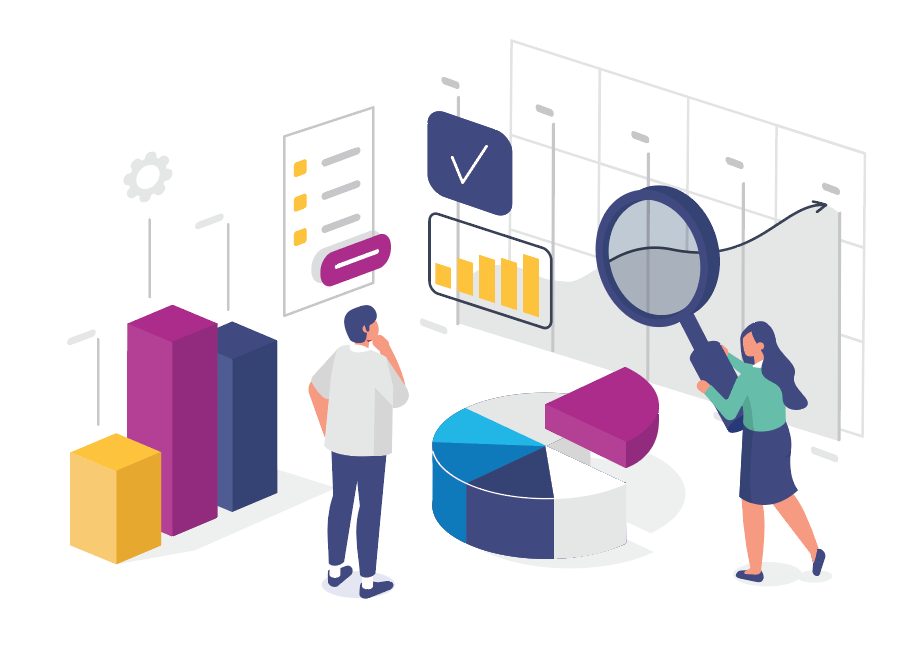State Education Agencies
Modernize Your IT Infrastructure
The first step in modernizing a state’s education IT infrastructure is enabling real-time data by automating collection processes.

State Education Data Collection is Time Consuming, Error-Prone, and Inefficient
States are tasked with the collection of information from districts that impact a myriad of programs; including accountability metrics, funding needs and district support. Often this critical information is sent to state agencies incomplete, in various formats, and with errors. Agencies spend hundreds of hours and precious resources to correct and manage the data before it can be reported on with any amount of confidence, let alone used to spot trends or solve important challenges.
Reduction of data burden
With Ed-Fi, Nebraska reduced the data burden on their district staff by 25%.
Annual Savings
Michigan saves $16.27 Million on district data submission annually.
Transactions
The Ed-Fi API handles 30 million transactions a day in Wisconsin.

Kirsten Baesler
Superintendent of Public Instruction, North Dakota
"As a state agency, we must be about more than just compliance - we can harvest innovation and provide real services back to our districts to help them support better student outcomes. To do that, we need a modernized IT infrastructure that enables real-time connected data in our classrooms."

Dean Folkers
Chief Information Officer • Nebraska Department of Education
"Nebraska’s interoperability implementation plan reduced the financial and human capacity burden on districts while increasing the quality and timeliness of data with the opportunity to use data to support state learning goals."
We’re here to help.
The Ed-Fi team is standing by. Reach out to us at anytime.


